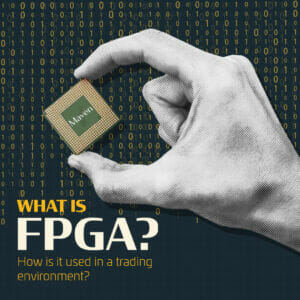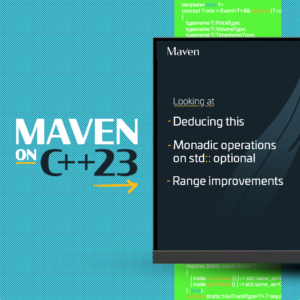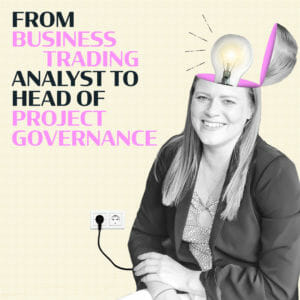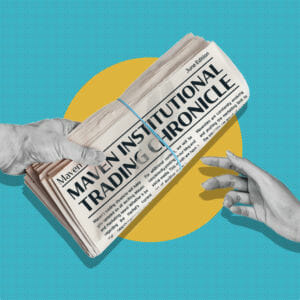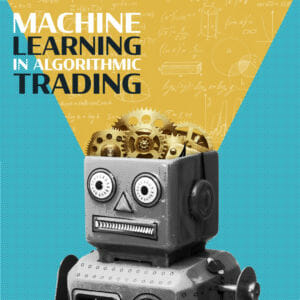By Nima Noorizadeh
On the morning of Monday, March 9th, 2020 at around 7am, I sent a message to my team in the US. I told the guys to prepare themselves for “one of the hardest days of our careers”.
The spectre of the coronavirus had already taken hold of financial markets, the SPY ETF was already around 12% off its mid February highs, and strategy performance had already started to crack. Then, over the weekend, news of failed OPEC talks had all but guaranteed total contagion across markets, asset classes and strategies. At 9:30am, our screens all went red, very red.
The following week was a blur. We closed our office down and retrenched into our makeshift home offices. I spent 90% of my day on the phone with London and my reports in New York. We had to be decisive, there was no time for indecision.
In a trading firm there is a chain of command, and in periods like this decision making has to go into autopilot. “Degross”. “Focus on conviction”. “Get rid of anything that doesn’t have a firm event”. Those were instructions that were handed down to me and handed down by me to my team.
Portfolio Managers rarely enjoy being forced to degross. 90% of the time they will tell you “this doesn’t make sense”, “this is different”, “this is stupid”. During those two weeks in March, despite displeasure in many cases, there was an acceptance that the goal for us was to get through the period. After all, no one ever knows exactly when the pain will truly end. It’s not about being right, it’s about staying liquid. The firms with the deepest pockets performed best. Wasn’t it ever thus, irrespective of the industry?
Measuring the precise dimensions of market contagion is very difficult, however, some indicators help provide the light at the end of the tunnel. One, is decisive policy action by central banks. The second, is looking for evidence of total capitulation in safer assets. Thankfully in the Spring of 2020, the Fed was extremely responsive. History will judge Jerome Powell and his team very kindly for their speed of action. They had plenty of historical context for providing markets with untapped liquidity, but they acted. The Treasury secretaries of major economies also heeded the warnings of history by providing huge social security needed to those at risk of unemployment.
Although, it is easy to say this now. The week of March 16th 2020 provided clues of total market capitulation. For example, some of the safest takeover deals blew out to incomprehensible levels, considering how soon the deals were slated to close. Front month oil contracts traded at negative absolute levels.
The market low was March 23rd 2020, a mere one month after markets started to break lower. A remarkably swift retreat to a trough. Plenty of firms didn’t make it, a number of founders threw in the towel too. The way out of the mire was, however, quite clear.
Strong companies, large and small, needed to raise capital, discounts were wider, deal performance was strong. Additionally, the VIX stayed elevated, creating healthy intra sector dispersion, offering idiosyncratic opportunities. Central bank stimulus remained, creating a market floor. Funds regrossed, creating sustained performance. The market waited for clearing events; the US election, Vaccine developments, the “Reopening trade” taking hold. All provided investors with a degree of clarity, clarity that the economic supercycle was on track.
In my mind, the end of this period of post-crisis, auto-pilot investing was marked with the rollout of the vaccine program. This was the moment when hope hit its highest point. The moment the developed world had waited for, for over a year. The moment when countries, societies, economies would regain their freedom. The expectation was that the worst was behind us.
As it relates to investing, describing anything in these terms sounds like a “consensus thesis”. A moment where the majority of market participants have the same opinion. This is a dangerous moment. Opinions become undifferentiated, and positioning becomes toxic. All it takes is a pinprick to a thesis, and consensus positions are unwound.
The pandemic had created some other unusual shifts in investing. Retail investors started flooding the markets with elevated day trading, particularly in headline-grabbing sectors like Tech, ESG and Biotech. Cryptocurrencies were attracting greater and greater attention from the same crowd.
Concurrently, a bubble was being created in an old asset class that had been repurposed into allowing private companies to go public with greater speed, and less oversight. SPACs were all the rage, and, overnight, created a great deal of interest from wall street experts and novices alike.
As consensus positioning was growing, as retail traders were becoming more prevalent, and hope was reaching its highest point, an old foe of equity markets was slowly starting to rear its head.
There are plenty of theories as to why inflation roared back into the psyche of market participants. One line I kept close at hand throughout the pandemic was “beware the crisis after the crisis”. It was unclear to me what that second crisis would look like, or in fact how long lasting it would be, but I found it unfathomable that an event as large as the coronavirus pandemic could be shrugged off without some long-lasting second-order shocks to the global system. If the reverberating shock to the global supply chain and its inflationary effects on pricing is that crisis, then so be it.
In March of 2021, bonds were being unwound, and inflation expectations started to skyrocket. With that, the consensus positions that had been held in the hope that the vaccine programs would carry us without obstacles through the mire started to unwind. By April, the Delta variant was wreaking havoc in India, then the UK, and finally Europe and US by summertime. Talking heads started debating whether inflation would end up being transitory or not. There were shortages of products and labour. The Fed announced its plans to start tapering its QE program. The market started to price in rate hikes. Little consistency, with themes see-sawing from one week to the next, and back.
The takeaways from all of the above, and lessons for the future I believe read as follows. When there is a major negative exogenous catalyst that affects financial markets, whatever it is, respond quickly. Cut low conviction positions across the board and reset. Understand your highest conviction trades, names which have firm near catalysts and focus on those. Now that you’re nimble, watch for signs of capitulation in the safest situations. Additionally, watch for decisive central bank action. Both of those are clues that there may be light at the end of the tunnel. Depending on your own liquidity profile, choose how you want to re-engage. Once you re-engage, keep gross elevated. The runway back will be steep, with plenty of room to perform.
On the way back up, look for signs of peak delirium. Given the severity of the negative event, chances are there are several other issues under the surface. Don’t lose sight of that and assume that everything is well. Once you have observed signs of peak delirium, pare back on gross utilisation and leave some powder dry, only focusing on higher conviction, ideally non-consensus trades. Be humble in all the things that you probably do not know.
The more things change, the more they stay the same.


